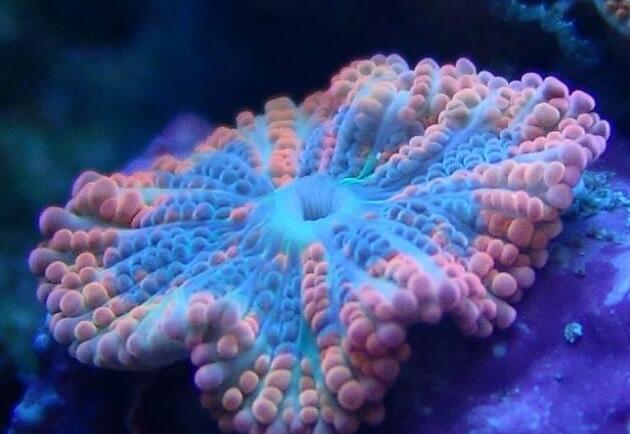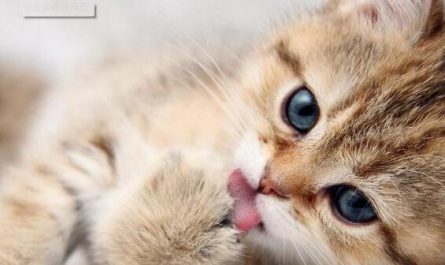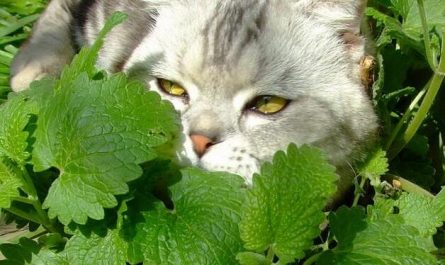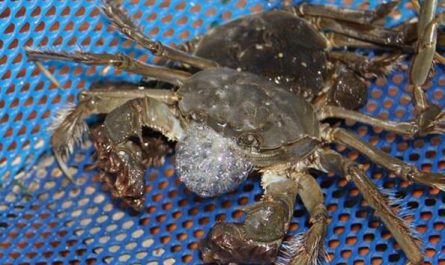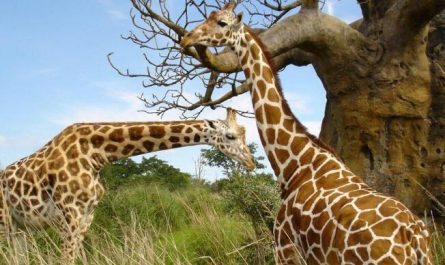The reason why corals are animals
Corals belong to the Coelenterata (Coelenterata) Anthozoa, which is the largest class in the Coelenterata. There are more than 7,000 species, all of which are marine products. The Coral is subdivided into eight subclasses and six subclasses. Class. According to bone texture and polyp size, corals are generally divided into large polyp scleractinian (LPS), small polyp scleractinian (SPS), soft corals and sea anemones. The coral reef ecosystem is also known as the underwater “tropical rain forest”, which has important functions such as protecting the coast, maintaining biodiversity, maintaining fishery resources, and attracting tourism. Many coral individuals are colorful, and their brilliant colors are not inferior to those on land. Plant flowers, and some coral species have amazing fluorescent effects. Different types of corals can build a solid coral reef ecosystem in the aquarium, making corals extremely competitive in the aquarium industry.
The coral polyps are automatically fixed on the calcareous bone piles of the ancestor corals at the white larval stage. The corals are the shells secreted by the polyps. The chemical composition of the corals is mainly CaCO3 (calcium carbonate), which exists in the form of microcrystalline calcite aggregates. There is a certain amount of organic matter, most of the shape is branch-like, with vertical stripes on it. The cross section of each individual coral has concentric and radial stripes. The color is often white, but there are also a few blue and black. Corals not only look like branches, The colors are bright and beautiful, can be used as decorations, and have high medicinal value, but compared to medicinal value, its environmental role is irreplaceable.
Corals are not plants. Corals are living coelenterates called polyps. It can be fixed on the seabed or rock surface, and its tubular outer wall can secrete calcareous material to form an exoskeleton that surrounds the soft body. These bones can continuously grow branches like a tree to build coral colonies. The corals that you can usually see are the bones left behind after the death of coral polyps.
The gregarious corals mainly live in shallow waters with a depth of 0-30m. The most typical example is Australia’s Great Barrier Reef. Their skeletons are connected together, and the intestinal cavity is also connected by the small intestine system. They have many mouths, but they share one stomach. Their suitable temperature is 22 to 30 degrees Celsius, and it is more difficult to survive below 18 degrees Celsius.
Corals are known as tropical rain forests in the ocean and are one of the important biological resources in the tropical ocean. In the process of building reefs, corals, like forests on land, can absorb a large amount of carbon dioxide to reduce the greenhouse effect.
Greenhouse effect: The carbon dioxide, methane and other gases in the atmosphere continuously absorb infrared rays that have strong heat energy in the sun, and these gases have the same thermal insulation effect as the greenhouse, thus warming the earth.
Introduction to coral
Corals can be reproduced both sexually and asexually. The sexual reproduction of corals has the advantages of strong reproduction, high genetic diversity and no damage to the mother coral. The eggs and sperm of coral polyps are produced by the gonads on the diaphragm and discharged into the sea water through the mouth. Fertilization usually occurs in sea water, and sometimes also occurs in the gastric circulation cavity. Usually fertilization only occurs between eggs and sperm from different individuals. The fertilized egg develops into a floating larva covered with cilia that can swim.
After a few days to a few weeks, it settles on a solid surface and develops into a polyp. It can also reproduce by budding, and it will not separate from the original polyp after bud formation. New shoots continue to form and grow, so they multiply into groups. When the new polyp grows and develops, the old polyp below it dies, but the skeleton remains in the group. Soft corals, gorgonians and blue corals live in groups.
Corals are marine invertebrates in the Anthozoa class of the phylum Cnidaria. It is characterized by calcareous, horny or leathery endoskeleton or exoskeleton. The term coral also refers to the bones of these animals, especially calcareous ones. The body of a coral is composed of two germ layers: the outer cell layer is called the ectoderm; the inner cell layer is called the endoderm. There is a thin mesogel layer without cell structure between the inner and outer germ layers.
Food enters through the mouth, and food residues are discharged from the mouth. These animals have no head and trunk, no nerve center, only a diffuse nervous system. When subjected to external stimuli, the entire animal body responds. Its lifestyle is free-floating or anchoring the bottom habitat.
